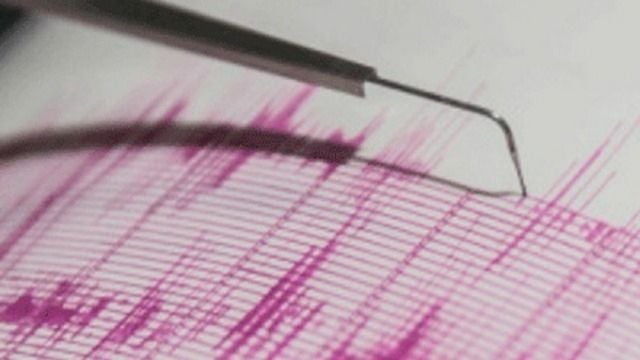On Monday and Tuesday this week, two comets will zip past Earth, with one of them coming closer to our planet than any comet since 1983. And the larger, but more distant, of the two is becoming so bright, scientists believe that at its closest point, it might be visible in the night sky with the naked eye.
The smaller comet, Comet P/2016 BA14, won't be quite so obvious, but it'll pass by us at a distance of just 3.5 million km (2.2 million miles), making it the third closest flyby of a comet in recorded history.
"Comet P/2016 BA14 is not a threat," clarified Paul Chodas, manager of NASA's centre of Near Earth Object (NEO) Studies. "Instead, it is an excellent opportunity for scientific advancement on the study of comets."
The larger comet is called Comet 252P/LINEAR, and was first discovered back in 2000, and has been monitored ever since. But comet P/2016 BA14 was only spotted in January this year, and at first, astronomers thought it was a potentially dangerous asteroid heading towards us.
The orbits of the two comets aren't identical, as you can see in the image below, but they're similar enough to suggest that they're somehow linked - one of the leading hypotheses so far is that comet P/2016 BA14, is a fragment that broke away from the larger comet at some point.
But what's getting people really excited is that Comet 252P/LINEAR is already around 100 times brighter than expected, and is getting close to the point it'll be visible with the naked eye.
Although it won't be getting as close to us as P/2016 BA14, it'll still pass by at a snug distance of 5.2 million km (3.3 million miles), which makes it the fifth closest comet in recorded history.
Comet 252P/LINEAR is also a very pretty shade of green, because of the release of diatomic carbon (C2), a gas that glows green when its molecules become ionized.
The good news is that the Virtual Telescope Project will be hosting live broadcasts showing the flyby of both the comets on March 21 and 22. Comet P/2016 BA14 will make its closest approach at around 11.30am EDT on March 22 (2.30am AEST on March 23), so you should have the chance to see the comets zip through the night sky from the comfort of your own home.
And if Comet 252P/LINEAR stays bright for the next couple of weeks, people in both hemispheres will have the chance to spot it. There's also the possibility that a weak meteor shower will follow on March 28 as Earth crosses the dust trailing in the comet's orbit.












































